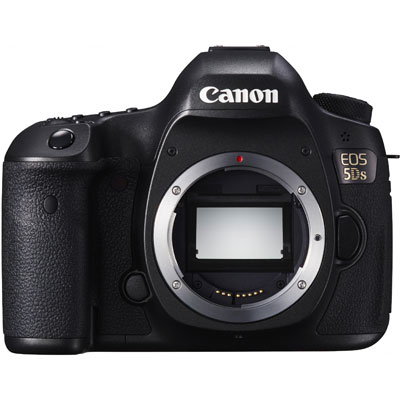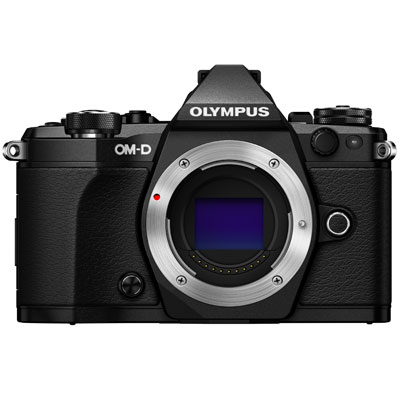 Its seems we have had a bit of pause in the megapixel race, the high end cameras have not moved much.
Its seems we have had a bit of pause in the megapixel race, the high end cameras have not moved much.
Now we have the the new Canon and I think its time to remind people that with an increase in megapixels comes and increase in issues you have to overcome in getting good quality images.
A modern 16 megapixel, micro four thirds or DX sensor gives very good image quality, but if you want to print big then the more megapixels the better. There is a reason why fashion photographers and landscape photographers who want to fill an advertising hoarding use medium format.
But cameras like the Nikon D800, the Sony A7R and now the new Canon 5Ds can get close to this kind of quality, at least for resolution if not dynamic range.
The issue with cameras with such high resolution is that your lens and technique has to be flawless. Nikon produce a list of recommended lens, a consumer kit lens is not going to cut it. Along with the best glass, you need a quality tripod, cable release, and mirror lockup.
So if your going to print big and have the patience to use correct technique high megapixels cameras can produce stunning images but for most of us, its over kill and you are likely to end up with worse looking images.



